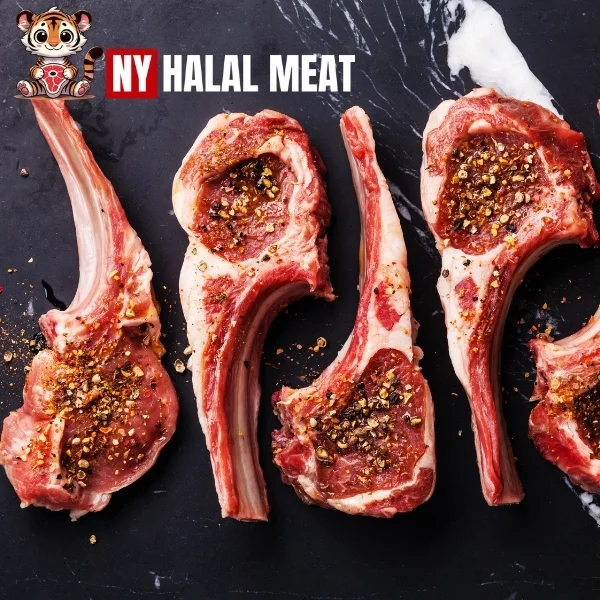Eco-Friendly Lamb Meat
Analyzing
Farming Practices
With a growing awareness of environmental issues, consumers are increasingly interested in the sustainability of different types of meat, including lamb. Although lamb is valued for its unique flavor and nutritional benefits, its environmental impact raises important questions. This article explores the sustainability of lamb farming, focusing on practices such as regenerative grazing that aim to reduce its ecological footprint.
1. Understanding the Environmental Impact of Lamb Farming
Greenhouse Gas Emissions
Like other ruminant animals, sheep produce methane during digestion, which contributes to greenhouse gas emissions. Intensive lamb farming practices amplify this impact due to high stocking densities, making methane a significant concern for lamb farming’s environmental footprint.
Land Use
Lamb farming requires substantial land for grazing, which can lead to soil erosion and biodiversity loss. However, these effects can be mitigated through careful land management practices that support soil health and biodiversity.
Water Usage
Lamb farming typically requires moderate water use. In water-scarce regions, however, responsible water management is essential to avoid stressing local water resources, making efficient water use a critical component of sustainable lamb farming.
2. What is Regenerative Grazing in Lamb Farming?
Definition
Regenerative grazing involves rotating sheep across different pastures to prevent overgrazing and promote land recovery. This practice enhances soil health and biodiversity, making it a more sustainable approach to lamb farming.
Advantages
Regenerative grazing can help sequester carbon in the soil, improve water retention, and create habitats for various species, contributing to a healthier ecosystem and reduced environmental impact.
3. A Comparison of Conventional and Sustainable Lamb Farming Practices
Conventional Lamb Farming
Conventional practices often involve high stocking densities and reliance on supplementary feed, which can increase the carbon footprint and degrade land quality if not carefully managed.
Sustainable Practices
Sustainable practices, including pasture-raising, organic feeding, and rotational grazing, promote a balanced ecosystem and reduce the environmental impact of lamb farming.
4. Advantages Associated With Local and Pasture-Raised Lamb
Reduced Transportation Emissions
Local, pasture-raised lamb minimizes the need for transportation and storage, reducing its carbon footprint and supporting regional food systems.
Natural Diet and Lower Chemical Use
Pasture-raised lamb is typically fed a natural diet without pesticides or synthetic fertilizers, making it a more environmentally responsible choice.
5. Is Lamb Meat More Environmentally Friendly Than Other Meats?
Comparing Emissions
While lamb emits more methane than meats like chicken or pork, sustainable practices can reduce its overall environmental impact.
Biodiversity Benefits
When raised sustainably, lamb farming supports biodiversity by preserving open pasture lands that serve as habitats for various species.
Conclusion
Sustainable lamb farming, especially through practices like regenerative grazing and pasture-raising, can effectively address environmental concerns. Although lamb has a larger environmental footprint compared to other meats, choosing locally sourced and sustainably raised lamb can significantly reduce its impact. Supporting sustainable farming not only enhances lamb’s sustainability but also promotes responsible agricultural practices.



